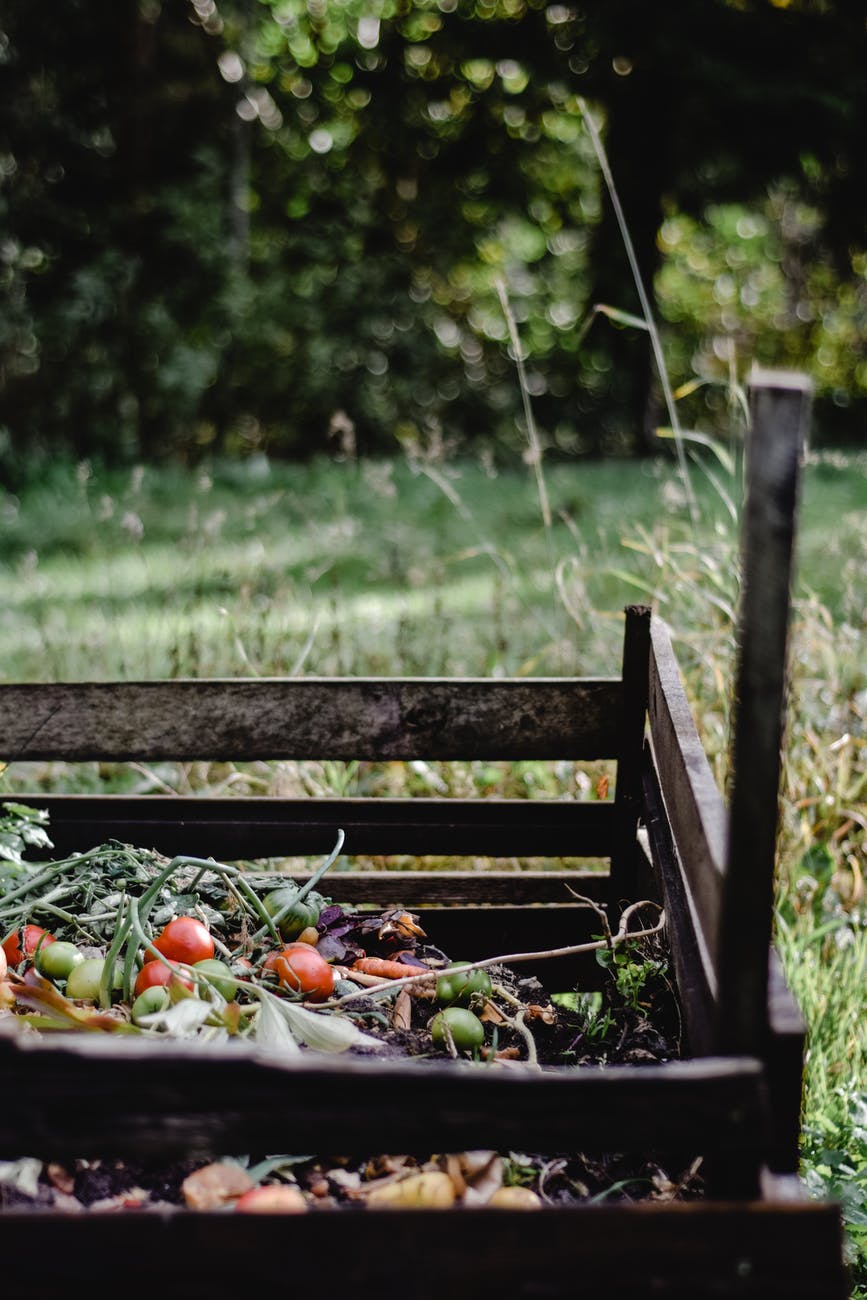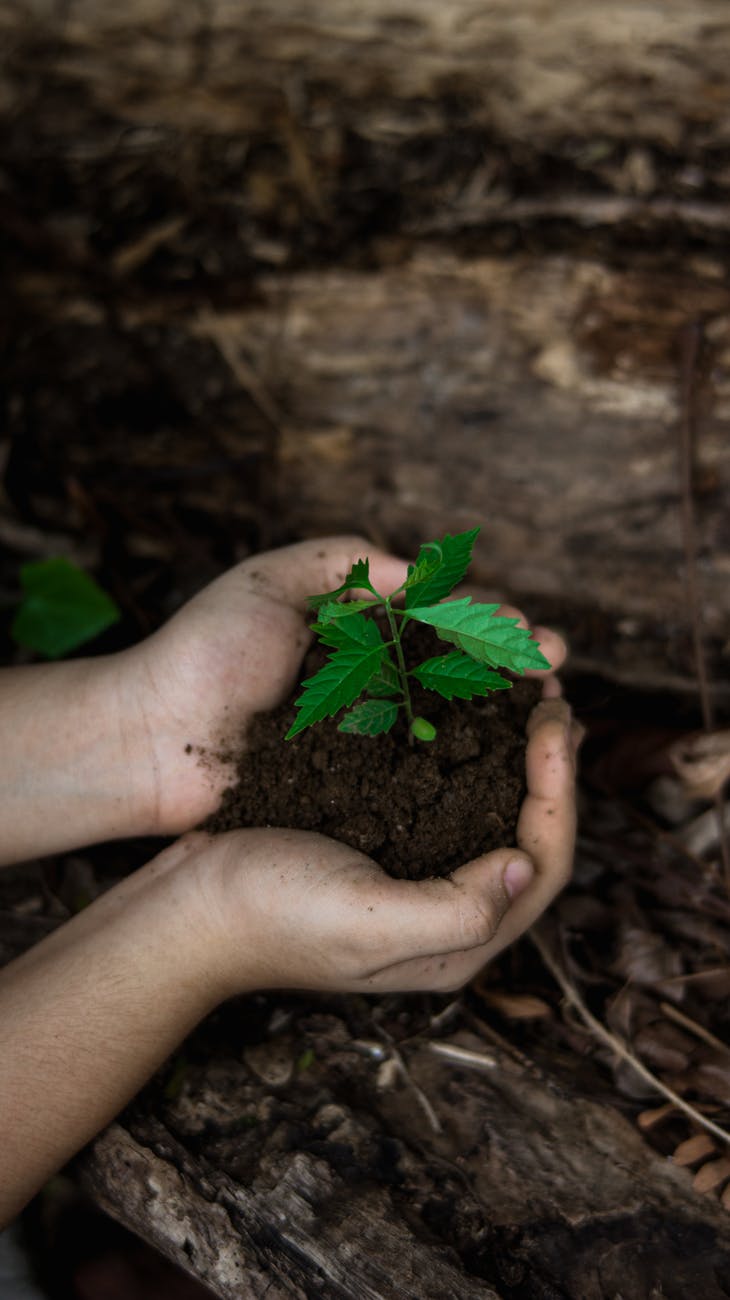Home Composting – Everything You Need To Know!
There’s no denying that the Earth is something of a fragile beast, but by simply taking a bit of initiative, we can all do our bit to help the environment thrive. Home composting is a great way to deal with the waste that is emptied into landfills year after year, and while this is the process for the disposal of waste, such excessive amount of waste can be reduced if we look to recycle where we can.
Of course, there are many of us who have adopted recycling and practice it religiously throughout our daily lives. However, if you’re something of a keen gardener, then you can help reduce waste further and minimise the carbon footprint. Adopting the benefits of home composting means that you can create odourless fertiliser that can help with the growth of any fruit or vegetables, without you having to invest in bags of compost with a chemical compound.
The Benefits of Home Compost
Before deciding if home composting is for you, you may want to consider the benefits first. If you’re new to gardening, then you may not be aware of just how many properties compost really has:
- Conditions the Soil – Compost allows for the creation of rich humus for the garden, helping it provide nutrients to plants and retain moisture in the soil.
- Introduces Beneficial Organisms – When it comes to warding off plant disease, you could do a lot worse than applying compost. Due to microscopic organisms, the soil is aerated as a result.
- More Beneficial to the Environment – As well as reducing the carbon footprint, the application of compost is much healthier for your garden when compared to chemical alternatives.
- Reduce Landfill – As well as maintaining the standard of our garden, producing compost means that there is last waste being poured into landfills.
Make Your Own Compost Bin Using a Wheelie Bin

While you shouldn’t use a wheelie bin you currently rely on, it is still a worthwhile investment to buy one specifically for a compost bin, your local council may even supply you with a wheelie bin that’s been damaged. If your lucky you may even have one stored away in your wheelie bin storage unit which you have forgot about.
Once you have found a wheelie bin, you then need to find a couple of concrete blocks, as these will be used to set your finished compost bin on.
You will also require hinges and machine screws that will be used to fix the hinges. Stainless steel hinges are less prone to rusting, although they are more expensive. You will also need to acquire a barrel bolt.
The last items you will require is a water butt tap, and a bag of gravel.
Constructing Your Home Compost Bin
The first thing you should do is drill a hole for the tap. Generally, it helps to place the hole as low as possible. You don’t have to install the tap itself at this point, although you can do so if you wish.
Then cut a hole in the bin that will act as a compost collection point. As long as the wheelie bin is watertight, you should be able to place the flap where you deemed suitable. A hole can be cut using a jigsaw blade.
The second part of the flap creation is where the hinges and bolt come into play. Then fix hinges to the piece of plastic you cut from the bin, and then lined up to fit the gap left over. Apply the bolt to the compost bin so it can be bolted when compost is being created.
Once you have affixed the flap to your compost wheelie bin, you will need to ensure that aeration holes are drilled into the bin. A series of holes will help airflow through the compost bin, and stop the creation of anaerobic bacteria. Once you have finished drilling the holes, you can now reach inside and affix the bolt to the tap.
All that’s left to do now is set your bin on blocks, and then fill the bottom with gravel. There you have it, your own compost wheelie bin.
What You Can and Cannot Compost
Once you’ve created your compost wheelie bin, you can now make start creating your own compost. However, if you’re new to the world of composting, then you may be at a loss at where to start. Fortunately, there are a few pointers that help point you in the next direction. The following is a list of waste items that can be used to create home compost.
- Alfalfa, Hay and Meal – Many find that shredding or chopping it up helps it break down quicker.
- Seaweed, Lake Moss and Algae – All three materials are nitrogen waste and act as a good source of nutrients.
- Cider Press Waste – Dried apple pressings act a carbon waste.
- Banana Peels – Banana peels will produce nitrogen-based waste. Breaking or shredding the peels helps them break down easier.
- Cardboard – If you have loads of cardboard, then it can be more advisable to recycle. However, if you only have a small amount, it can be ripped up into small pieces and turned into a carbon product.
- Wood Ashes – Wood ashes make for a brilliant pest deterrent when making your compost.
The above is a great starting point for materials you can use for producing compost. However, there is other waste that should never be used for making compost, for a number of different reasons.
- Cat Litter – Cat litter should never be used, as it can create a number of detrimental organisms.
- Coal Ashes – While wood ashes make for a good pest deterrent, coal ashes can hold a number of toxic elements that are harmful to plants.
- Meat, Grease, Fat, Oil and Bones – None of the above should be used as they are unable to be broken down. They can also coat other waste and preserve it, which makes it open to pests.
Creating Your Compost

Now you’ve created your compost bin, and you’re aware of what materials can be used, you’ll need to know how to create your compost.
The first thing to note is that you should add a mixture of waste to garner the best results. Evidently, you can only use what you have but try to mix it up where possible.
You should also ensure that all the waste materials you use are able to get in contact with each other. This can be done by either layering the materials or mixing them together thoroughly. If the heap is a little dry, you can add some water for moisture.
You should then look to turn the pile every week or two in order to produce the best pile. To do this, clear a patch in the garden, and move the entire pile to that spot. When it’s time to turn the pile again, simply place the entire pile back into the compost wheelie bin.
Any excess moisture can be collected from the tap you installed and makes for ideal organic plant food. The compost itself can be collected as and when required, and simply repeat the process.
Can I Create Home Compost Indoors?
The creation of compost is certainly possible indoors, although a different method needs to be used. While it’s always advisable to carry out composting outdoors where possible. If you have limited space can opt for a worm bin.
Worm bins can be used indoors with ease, and do not require any turning. A very common type of worm used in worm bins are Eisenea fetidas, also known as the ‘manure worm’. The number of worms you require will depend on the kind of food you’re putting into the worm bin. The general ratio of vegetative waste is two to one. For example, ½ lb of vegetative waste being produced per day will require 1 lb of worms.
How Composting Works
While compost is seen as one of the most useful products when it comes to gardening. But some may still be intrigued as to how compost actually works when applied to plants, shrubs and trees.
There are a number of organisms involved in the composting process. These include bacteria, protozoans and fungi. You will also find that a series of beetles, ants and millipedes also find their way into the home composting process, as well as the famous earthworm.
The creation of compost relies a lot on oxygen, due to the organisms being introduced to the process of thriving on oxygen. This in turn also helps with the breaking down of materials.
The moisture of home compost is also important, as the organisms that reside in the compost require water to survive. Of course, there shouldn’t be too much wonder, or this can be detrimental to your compost pile. To ascertain whether you have the right amount of moisture, you can supply the ‘squeeze test.’ Grab a handful of compost and squeeze, and if a few drops of water appear, then you’re good to go.
All materials used within composting either contain carbon or nitrogen and can also be known as ‘green and browns’. Greens referred to often consist of waste such as fruit and vegetables, whereas the browns normally consist of materials such as straw, wood and shredded paper.
The carbonates within brown waste are used as an energy source by organisms. As these materials are broken down, heat energy is released. The nitrogen released by greens helps microbes build protein, and multiply accordingly. In order to produce the best compost, you should ensure that you have a healthy mix of carbon and nitrogen materials.
How Long Before I Can Use the Compost
The tricky part of home composting can be knowing when the compost is ready for use. The time compost can be used can depend on a number of different factors. However, if you follow the tips and turn compost at least every two weeks, then you should be able to start using your compost within three months.
When compost is ready to use, it will normally adopt a dark brown, crumbly texture, with an earthy aroma. If you’re looking to do some excessive composting. You may want to ensure that you have a separate container for your ready-to-use compost.
Home Compost Uses
Although it’s evident that compost is used on plants and around the gardens. These are the best places to use your home compost:
- Gardens and Lawns – When being used on both gardens and lawns. It can be useful to sprinkle it around the lawn to improve moisture retention. While allowing your lawn to absorb some much-needed nutrients.
- Landscaping – Compost should be used as a mulch when applied to trees, shrubs or flower beds.
- House Plants – Yes, that’s right, you can even use compost in relation to your house plants. Simply replace ½ of your container with compost to give your plants a real surge of nutrients.
Summary
The composting process can seem a little complex in the first instance. But once you’ve taken that all-important step, you will find that you’re up and running in the garden before you know it. Here is a brief summary of what will be required to garner the best quality compost.
- Microorganisms, including fungi and bacteria.
- A healthy mixture of ‘greens’ and ‘browns.’
- A large pile so that the compost is able to keep itself warm.
- Enough moisture to keep the pile healthy.
- Good aeration of the compost pile.
Of course, you may not be able to tick all of the boxes all of the time, and that’s absolutely fine, it doesn’t mean that the home compost. However, it can be useful to understand how the composting process works, so that you’re able to create the best type of compost possible.
Not only is naturally produced compost healthier for the planet, but it is also cost-effective. While there is some effort involved initially, once you’re familiar with the process, you will find that you’re able to create compost easily, and therefore saving money as well as the planet.










